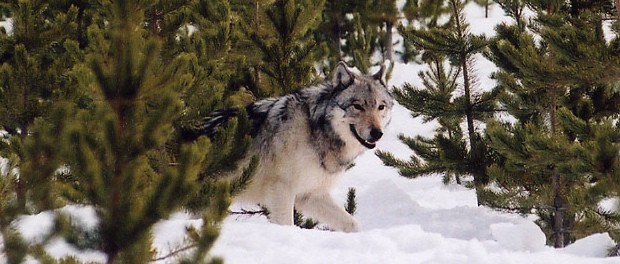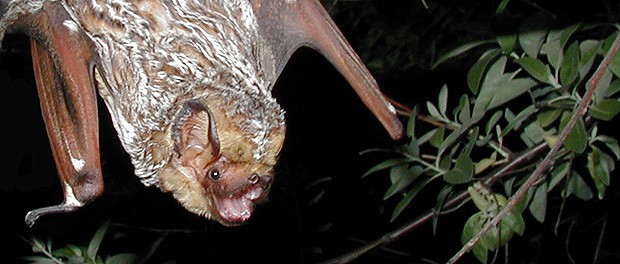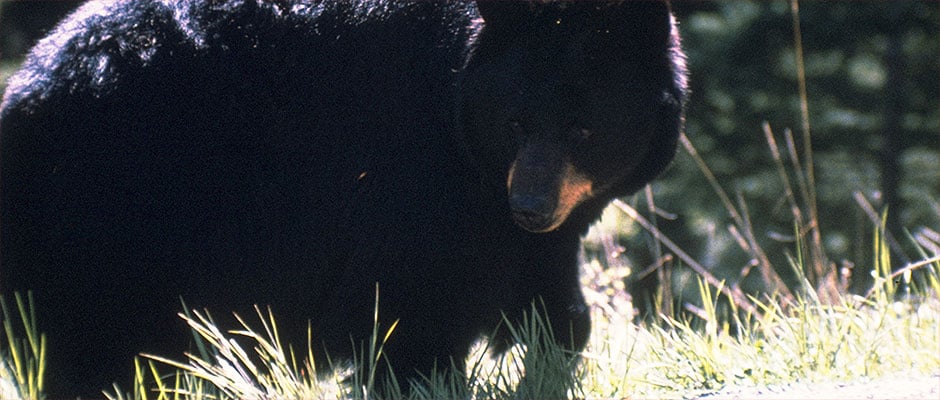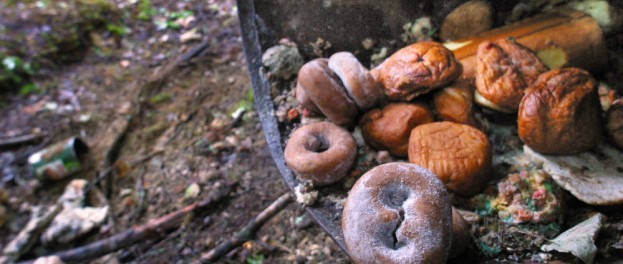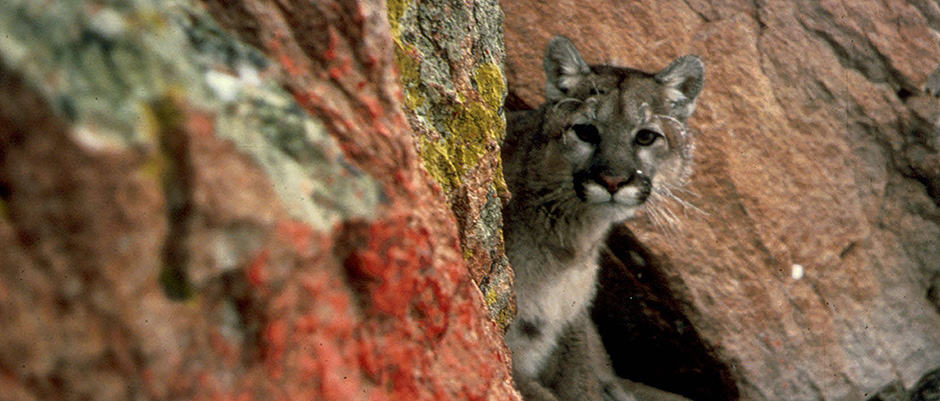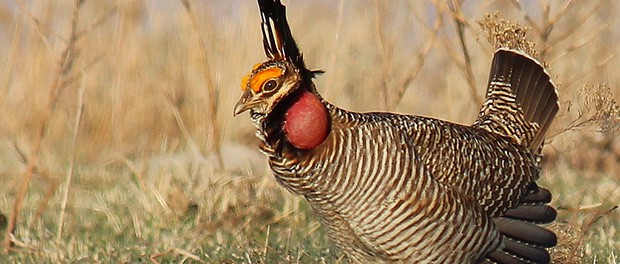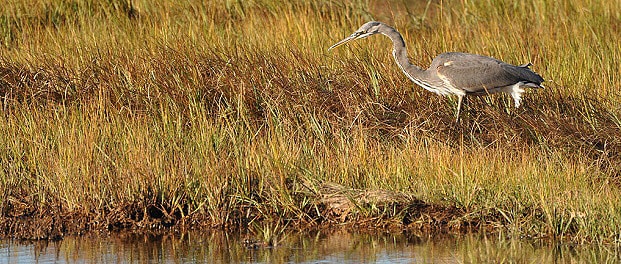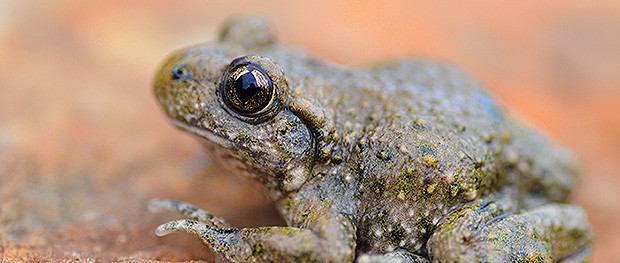
The world’s amphibians cannot catch a break. Climate change, habitat loss, and the spread of chytrid fungus already contribute to declining populations. Now, a deadly virus is ravaging Spain’s toads and newts, and may spread to other amphibian species across a wide geographic range, according to a study published last week in Current Biology.
Unusual amphibian deaths first appeared in Spain’s Picos de Europa National Park in 2005 when animals exhibited skin lesions, limb necrosis, and internal hemorrhaging; some even vomited blood. With help from colleagues at the National Museum of Natural Sciences in Madrid and park biologists, researchers with the University College London began observing population trends and collecting tissue samples from six amphibian species at different life stages from 15 sites around the park between 2005 and 2012. Using a series of genetic techniques including polymerase chain reaction, targeted sequencing, and comparative genomics, they identified the culprit as two new strains of a ranavirus called Common Midwife Toad Virus (CMTV).
Ranaviruses are found on every continent except Africa, and have a wide range of hosts including fish and reptiles. Over the past decade, Europe has seen its fair share of CMTV outbreaks — the virus was implicated in amphibian deaths in the Netherlands, Belgium, and more recently France. Until now however, CMTV has never been linked to such catastrophic population declines in more than one species.
“The capacity of these viruses to infect multiple species means that there is the possibility that some host populations may be extirpated due to infection,” said lead author Stephen Price in a press release. “Pathogens that can exploit more than one host simultaneously are able to persist even when one host drops to low numbers, and eventually zero, because there is another susceptible host available.”
The team’s study found decreases between 60 to 100 percent in populations of the common midwife toad (Altyes obstetricans), alpine newt (Ichthyosaura alpestris), and common toad (Bufo bufo). And although three additional species (Rana temporaria, Lissotriton helveticus, and Salamadra salamandra) suffered less severe declines, they tested positive for the virus. Unfortunately, affected populations in some observed areas showed no signs of rebound after five years and are feared extirpated.
The source of the virus and how it spread remain unclear. However, Price and his colleagues hypothesize that CMTV may have been introduced at multiple locations throughout the park by human transportation of infected material along with livestock and equipment. Further genetic testing of the virus — including phylogenetic analysis, which Price plans to do in the future — should provide more clues.



